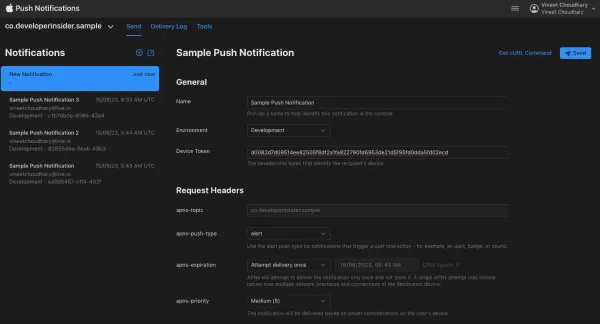Methodsare functions that are associated with a particular type.- Classes, structures, and enumerations can all define
instance methods, which encapsulate specific tasks and functionality for working with an instance of a given type. - Classes, structures, and enumerations can also define
type methods, which are associated with the type itself.
1. Instance Methods
Instance methodsare functions that belong to instances of a particular class, structure, or enumeration.- They support the functionality of those instances, either by providing ways to access and modify instance properties, or by providing functionality related to the instance’s purpose.
- You write an instance method within the opening and closing braces of the type it belongs to.
- An instance method has implicit access to all other instance methods and properties of that type.
- An instance method can be called only on a specific instance of the type it belongs to. It cannot be called in isolation without an existing instance.
class Counter {
var count = 0
func increment() {
count += 1
print("value of count in increment() func is ",count)
}
func increment(by amount: Int) {
count += amount
print("value of count in increment(by:) func is ",count)
}
func reset() {
count = 0
print("value of count in reset func is ",count)
}
}
let counter = Counter()
counter.increment()
counter.increment(by: 5)
counter.reset()
/* prints:
value of count in increment() func is 1
value of count in increment(by:) func is 6
value of count in reset func is 0
*/
1.1 The self Property
- Every instance of a type has an implicit property called self, which is exactly equivalent to the instance itself.
- You use the self property to refer to the current instance within its own instance methods.
class Calculations {
let a: Int
let b: Int
let res: Int
init(a: Int, b: Int) {
self.a = a
self.b = b
res = a + b
print("Inside Self Block: \(res)")
}
func tot(c: Int) -> Int {
return res - c
}
func result() {
print("Result is: \(tot(c: 20))")
print("Result is: \(tot(c: 50))")
}
}
let pri = Calculations(a: 600, b: 300)
let sum = Calculations(a: 1200, b: 300)
pri.result()
sum.result()
/* results
Inside Self Block: 900
Inside Self Block: 1500
Result is: 880
Result is: 850
Result is: 1480
Result is: 1450
*/
1.2 Modifying Value Types from Instance Methods
- In Swift 4 language structures and enumerations belong to value types which cannot be altered by its instance methods.
- However, Swift 4 language provides flexibility to modify the value types by mutating behavior.
struct area {
var length = 1
var breadth = 1
func area() -> Int {
return length * breadth
}
mutating func scaleBy(res: Int) {
length *= res
breadth *= res
print(length)
print(breadth)
}
}
var val = area(length: 3, breadth: 5)
val.scaleBy(res: 3)
val.scaleBy(res: 30)
val.scaleBy(res: 300)
/* results:
9
15
270
450
81000
135000 */
1.3 Assigning to self Within a Mutating Method
- Mutating methods can assign an entirely new instance to the implicit self property.
struct Area {
var length = 1
var breadth = 1
func area() -> Int {
return length * breadth
}
mutating func scaleBy(res: Int) {
self.length *= res
self.breadth *= res
print(length)
print(breadth)
}
}
var val1 = Area(length: 3, breadth: 5)
val1.scaleBy(res: 13)
/* results:
39
65
*/
2.Type Methods
- Type methods for classes are defined with the
classkeyword before thefunckeyword and structures and enumerations type methods are defined with thestatickeyword before thefunckeyword. - Type methods are called and accessed by
.syntax where instead of calling a particular instance the whole method is invoked.
class Math {
class func abs(number: Int) -> Int {
if number < 0 {
return (-number)
} else {
return number
}
}
}
struct absno {
static func abs(number: Int) -> Int {
if number < 0 {
return (-number)
} else {
return number
}
}
}
let no = Math.abs(number: -35)
let num = absno.abs(number: -5)
print(no)
print(num)
/* results:
35
5 */
Next - Access Control by Example






